Recalling the pain of 1962 Sino-Indian war: Lessons forgotten, truth buried
October 1962 is a sad chapter of Indian history and greater the pity that it remains under wraps, writes Cmde C Uday Bhaskar (retd) for South Asia Monitor
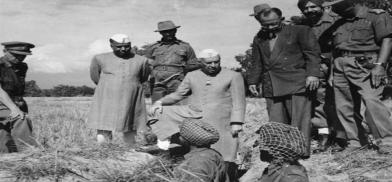
On October 20, 1962, the Chinese troops launched a surprise attack against India across what has become the LAC (Line of Actual Control) and then prime minister Jawaharlal Nehru was bewildered and shell-shocked. Strange as it may sound in this frenzied 24x7 ‘Breaking News’ eco-system that now invades the collective consciousness, most Indians did not immediately get to know about this military setback or the enormity of what had happened on that day. News filtered slowly and was censored.
I was an eleven-year-old boy in boarding school at the time - Sainik School Korukonda (near Visakhapatnam) - and our principal, the late Cdr Trevor de Almeida apprised us of the war at the morning assembly over the next few days. Blackouts at night were a novelty and most of us felt very involved and patriotic without quite knowing the details.
Hindi-Chini Bhai-Bhai
Few of us knew anything about China, except what we had occasionally seen in Films Division documentaries that showed Nehru with a Chinese leader (PM Chou-En-Lai) and a vague reference to ‘Hindi-Chini Bhai-Bhai.’ The phrase was translated to a largely non-Hindi speaking bunch of youngsters from mofussil Andhra and beyond as ‘Indians and Chinese are brothers.’
Radio was the only source of news that was available to the citizen and personal radio sets (large box-like contraptions that glowed when they were switched on and then crackled till they were tuned to the right frequency) were very few and far between. Transistors were yet to enter the market and most Indians gathered in parks and select public places where All India Radio speakers were installed on tall poles.
The school had one radio set in the staff room and in the days that followed, I was tasked by the principal to hear the news from 7. 30 am and then write out the headlines in a notebook in capitals - and give it to Mr. Saxena or Miss Gabriel, our English teachers by 8. 30 am so that this could be read out in the morning assembly. This was the beginning of my study of India and its security challenges.
Over the years, as a student of India’s military history one soaked up whatever first-hand accounts that were accessible and a few vignettes merit a recall. That Nehru-led higher defence core group had totally misread the run-up to the October 20 debacle is now part of the accepted narrative of that war but some elements merit recall for the level of ineptitude and institutional callousness that came to light much later.
Senior officers deemed to be close to then defence minister V.K. Krishna Menon were given responsibilities they could not discharge. In his diligently researched biography on Krishna Menon, noted author and former cabinet minister Jairam Ramesh observed: “History will always judge Nehru, Krishna Menon and (General P.N.) Thapar most unkindly for (Lt. Gen B.M.) Kaul’s NEFA (North East Frontier Agency, Arunachal Pradesh) appointment.”
Indian troops poorly clad
One strand that had bothered me was the fact that the Indian troops who were rushed to the mountainous border areas were poorly clad and this seemed incongruous, given the professional track record of the Indian army in both world wars. Combat in adverse terrain was not new and historians have recorded that in both wars - the ‘native’ Indian soldier was not as favoured as his British counterpart by way of personal clothing and weapons. But that was how the empire operated at the time.
Thus it was inexcusable that 15 years after independence, the Indian soldier who was rushed to defend Indian sovereignty in October 1962 was reportedly not provided the minimum winter kitting that was a basic requirement. How accurate was this ‘story,’ given that war and information fog is inseparable.
I probed a bit and three separate incidents shed valuable light on this aspect of ill-clad Indian soldiers and the 1962 debacle. The first was at a seminar on the India-China relationship in the USA in the mid-1990’s where a Chinese historian made a passing reference to this issue - that post the 1962 operation - the victorious PLA (People's Liberation Army) was puzzled that their adversary was kitted in canvas shoes in the high Himalayas!
A few years later, I had occasion to discuss this matter with Lt. Gen V K Singh (MADRAS), who was taken Prisoner Of War (POW) by the Chinese PLA in the 1962 war. Reticent to share any details, he corroborated the accuracy of the Indian troops being ‘under-equipped and kitted’ but added another aspect of the soldier being abandoned by his nation.
This pertained to the manner in which the Indian POWwere treated after they were returned to India and unwarranted aspersions were harboured by the establishment. The POW had to go through their own ‘Agnipariksha’ (test by fire) before they were rehabilitated. In retrospect, to me, this reflected a deeper inadequacy, where a vulnerable soldier is denied the institutional empathy that ought to have been provided, even as professional lapses were reviewed.
Ill-equipped, unprepared soldiers
In 2012, a series of round table discussions were held in Delhi to mark the 50th anniversary of the 1962 war with China. Veteran editor and author B G Verghese, who was reporting from NEFA in November of that year shared his personal recall with a sense of sadness. One of his observations as a meticulous reporter merits recall.
“On November 15-17, we drove up to Se La (15,000 feet) and Dirang Dzong in the valley beyond before the climb to Bomdila. Jawans in cotton and perhaps a light sweater and canvas shoes were manually handling ancient 25-pounders into position at various vantage points. We had seen and heard Bijji Kaul’s (Lt. Gen B.M. Kaul who was popularly known by his nickname) theatrics and bravado at 4 Corps Headquarters a day earlier and were shocked to see the reality: ill-equipped, unprepared but cheerful officers and men digging in to hold back the enemy under the command of a very gallant officer, Brig Hoshiar Singh.”
October 1962 is a sad chapter of Indian history and greater the pity that it remains under wraps. Valuable policy-relevant lessons that ought to have been objectively studied to redress decision-making at the highest political level have been buried.
Verghese summed this up in his pithy manner: "The truth, though differently interpreted and widely suspected, remains the greatest casualty of 1962."
(The writer is Director, SPS, New Delhi. The views expressed are personal)



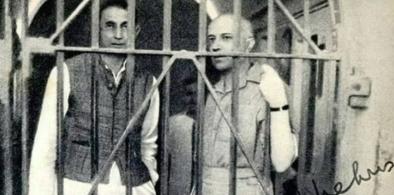
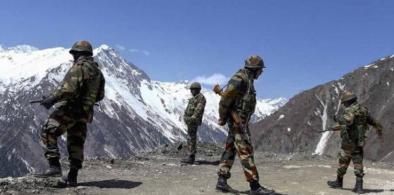
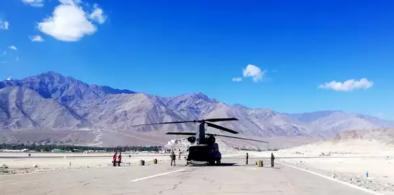
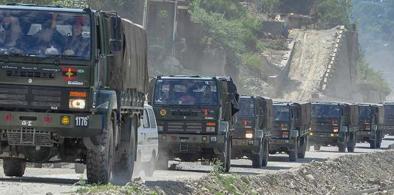
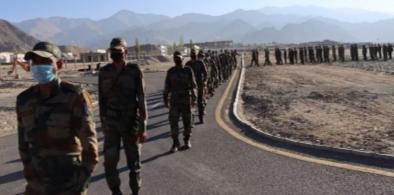
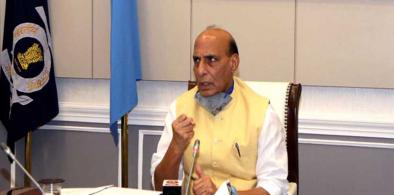
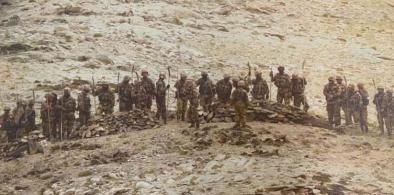
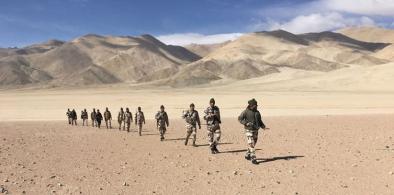

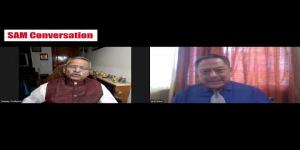









Post a Comment